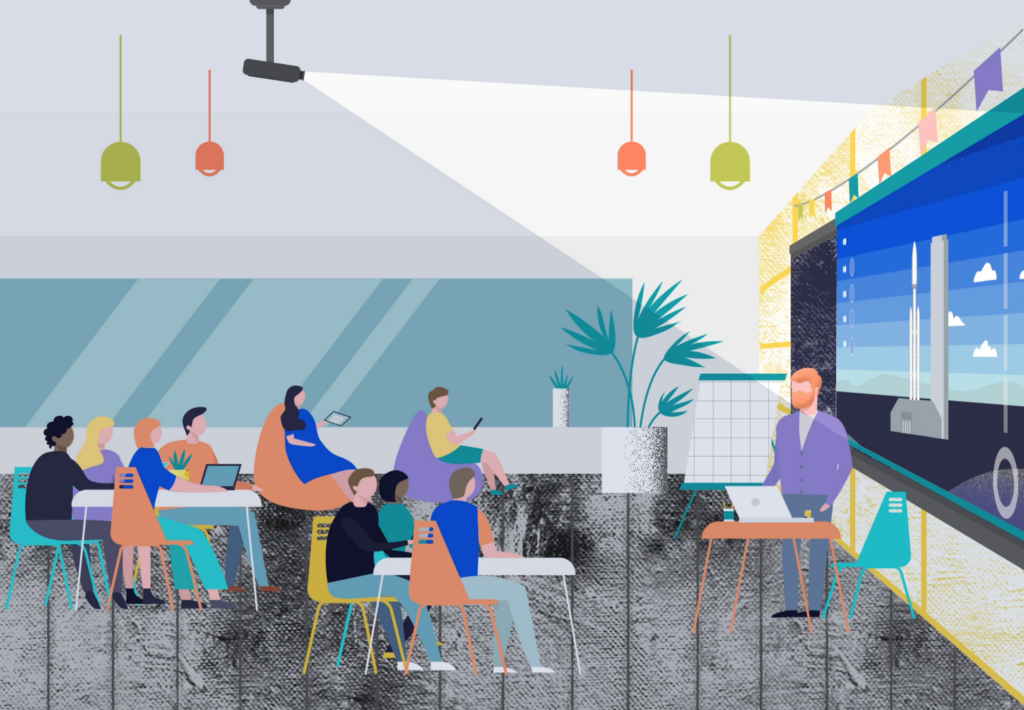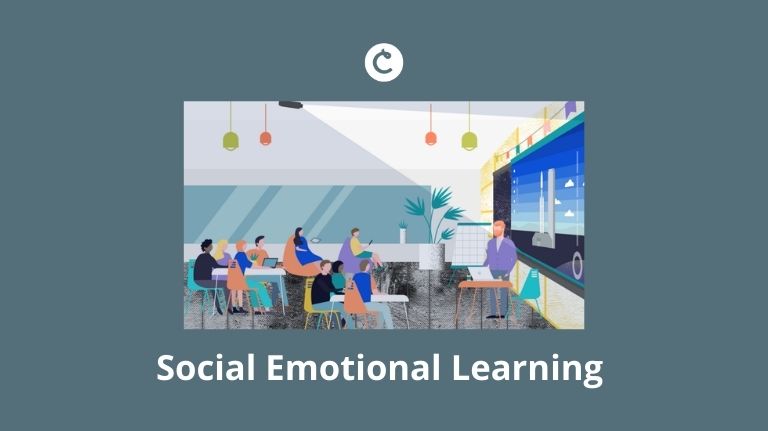3 Approaches to foster Social Emotional Learning (SEL) in the classroom
We see the importance of working together now more than ever. Not surprisingly, this has been a major topic in the educational world as well. The Collaborative for Academic, Social, and Emotional Learning (CASEL) is on a mission to promote Social Emotional Learning (SEL) programs, which they define as, “the process through which children and adults acquire and effectively apply the knowledge, attitudes, and skills necessary to understand and manage emotions, set and achieve positive goals, feel and show empathy for others, establish and maintain positive relationships, and make responsible decisions.”
These SEL processes have been proven to promote positive social behaviors as well as improve academic achievements in the classroom. Research from the Loyola University Chicago, CASEL, and the University of Illinois Chicago found that “those who participated in evidence-based SEL programs showed an 11 percentile-point gain in academic achievement compared to students who did not participate in SEL programs” (Durlak, Roger P. Weissberg,et al., 2011).
As we prepare the next generation to work with people from different cultures and backgrounds in order to make the world a better place, we must have these types of programs set in place to help foster understanding and teamwork.
CASEL has organized the components of Social Emotional Learning into five core components: self-awareness, self-management, responsible decision-making, relationship skills, and social awareness. These components can be implemented in the district, school, and classroom in different ways. Here, we will outline three ways to implement SEL processes into your classroom in order to foster teamwork.
1. Promote Mindfulness — A major part of the SEL processes is being able to identify one’s own feelings and the feelings of others. This is necessary before students can begin working on controlling their emotions and taking an active role in their learning process. To promote mindfulness in the classroom, you can create a mood board where students can identify how they’re feeling throughout the day based on 4 color-coded feeling markers, similar to Symonds Elementary’s school-wide Zones of Regulation.
– The Red mood is a heightened sense of feelings. In this mood, students may feel intense anger, rage or explosive behavior.
– The Yellow mood is also intense feelings, yet students have control over these feelings. This can be a sense of frustration, anxiety or nervousness.
– The Green mood is a calm awareness of one’s feelings. Students in the Green mood are happy, content and ready to learn.
– The Blue mood is one of low states of alertness. This could be feelings of sadness, tiredness, boredom or sickness.
Have your students begin the day by putting the color of their emotions on the mood board so everyone is aware of how they’re starting the day off. Then you can have students change their mood colors after recess or lunch and at the end of the day so they become aware of how different activities throughout the day affect their feelings.
2. Challenge Thinking — After assessing how your students are feeling throughout the day in your classroom, you can implement methods to influence these feelings through small group activities and critical thinking exercises. Break the class up into the small groups based on the mood they’re in and give each group a set of questions based on that mood. If they’re in the Red mood, ask them questions about what makes them feel angry or uncontrollable. If they’re in the Yellow mood, ask them what is irritating them and what they think would make them go into the Red mood. By asking them questions about how they’re feeling and breaking them into small groups to discuss their feelings with each other, students will be urged to think critically about why they’re feeling the way they’re feeling and it will allow them to see how their actions and words affects others’ feelings as well.
Quick Tip: Use Classtime to create multiple live sessions. You can then create pre-made questions for each mood type and have them ready to go for each group.
3. Foster Persistence and Determination — Once your students are aware of their feelings and understand why they feel that way, they’ll be more inclined to work together as a team to solve problems. Working as a team requires awareness of one’s own feelings and the feelings of your team members. A great way to promote teamwork in the classroom is by implementing technology to foster social emotional learning, as noted in McGraw-Hill Education’s post.
Rachelle Dene Poth (@rdene915), a Spanish teacher and author based in Pittsburgh, also noticed that, “Providing opportunities for students to interact through the use of games and activities in the classroom promotes the development of social-emotional learning skills…It creates a sense of community and belonging, which foster the social-emotional skills students need.”
Try it: With Classtime’s Collaborative Challenges, you can easily create a narrative around your lesson to engage all of your students and encourage them to work together to solve a problem. Just create a Question Set around your lesson or use one of the pre-made Question Sets in the app. Then launch the Collaborative Challenge and watch your students work together to make the challenge succeed. You can learn more about Collaborative Challenges here and you can read more about Classtime’s mission to promote teamwork and inclusion of all students here.

Social Emotional Learning is the path to success for students. It allows them to have control of their feelings and focus their attention on learning material that will be pertinent to their adult lives, and it is today’s teachers who will get them there. Above are just a few suggestions of ways to foster Social Emotional Learning in the classroom.
Classtime can help you get started with Social Emotional Learning in the classroom today:


Caid
August 13, 2018 at 10:13 pmétant professeur de maths, je trouve l’étude trés intéressante et je n’ai qu’à Apprendre pour L’appliquer.